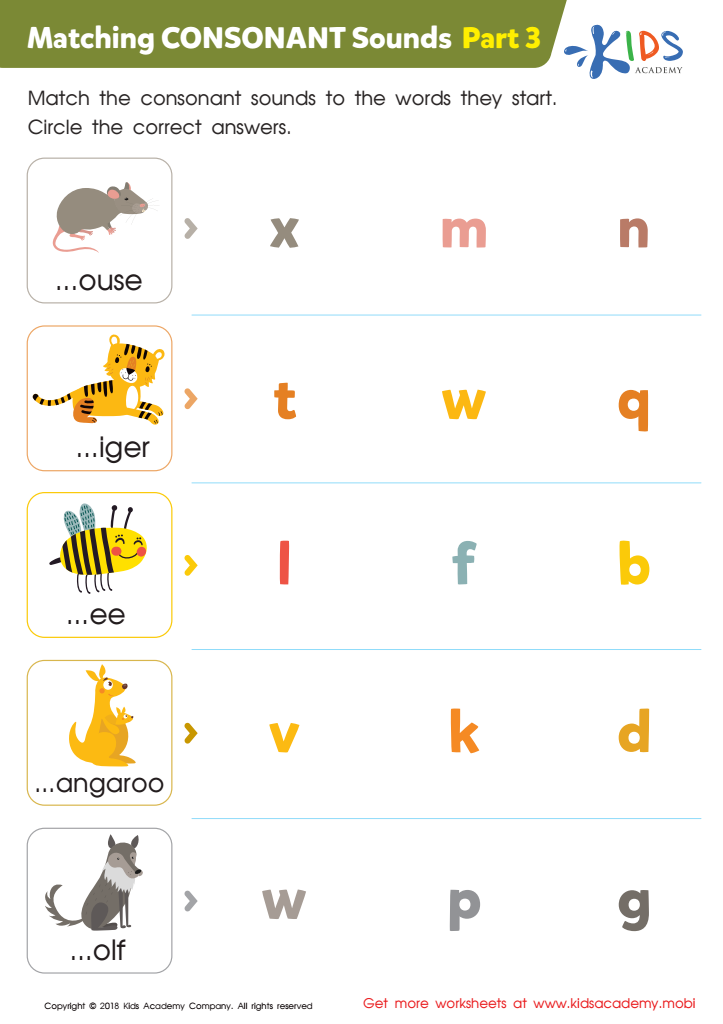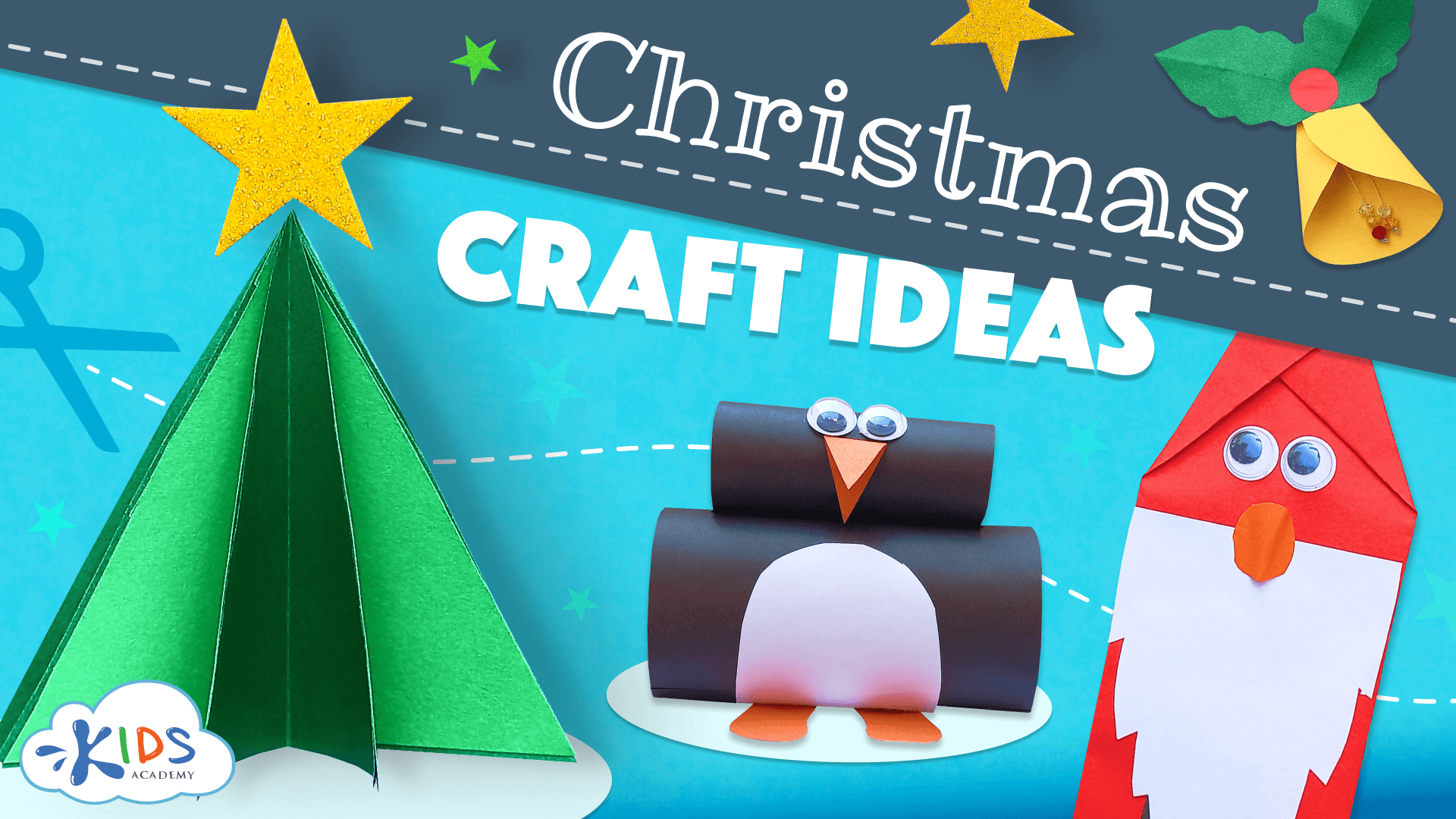Letter-sound association Normal Worksheets for Ages 5-7
7 filtered results
-
From - To
Boost your child's literacy skills with our Letter-Sound Association Normal Worksheets, perfect for ages 5-7! Designed to make learning fun, these worksheets help young learners connect letters with their corresponding sounds through engaging activities. Each worksheet includes various exercises like tracing, matching, and interactive phonics games, ensuring a comprehensive understanding of letter-sound relationships. These resources not only improve reading readiness but also encourage creativity and critical thinking. Watch your child’s confidence soar as they master essential communication skills. Begin their learning journey today with our thoughtfully designed, printable worksheets that promote active engagement and long-lasting knowledge. Perfect for home or classroom use!


Letter E Coloring Sheet


Letter L Coloring Sheet


Lowercase Letters m n o Worksheet


Lowercase Letters d e f Worksheet


Matching Consonant Sounds: Part 3 Worksheet


Pick the Letter Worksheet


Letter Y and Z Sounds Worksheet
Letter-sound association is a critical skill for children aged 5-7, serving as a foundational component of early literacy. This concept involves connecting written letters with their corresponding sounds, enabling children to decode words and develop reading fluency. Parents and teachers should prioritize this association as it fosters essential cognitive abilities and boosts confidence in young learners.
Firstly, mastering letter-sound relationships increases a child's ability to read independently. When children recognize sounds associated with letters, they can combine them to form words, leading to improved reading comprehension and enjoyment of literature. This not only supports educational success but also encourages a life-long love of reading.
Secondly, letter-sound association helps with spelling, writing, and verbal communication skills. Children who understand how letters translate into sounds can express their thoughts more clearly, contributing to better academic performance across subjects.
Finally, engaging in letter-sound activities provides opportunities for meaningful interactions between parents, families, and teachers. By supporting children in mastering these skills, adults play a vital role in shaping their learning journeys and fostering positive attitudes toward education. Ultimately, understanding letter-sound association equips children with the critical tools they need for future academic achievements.

 Assign to My Students
Assign to My Students






















